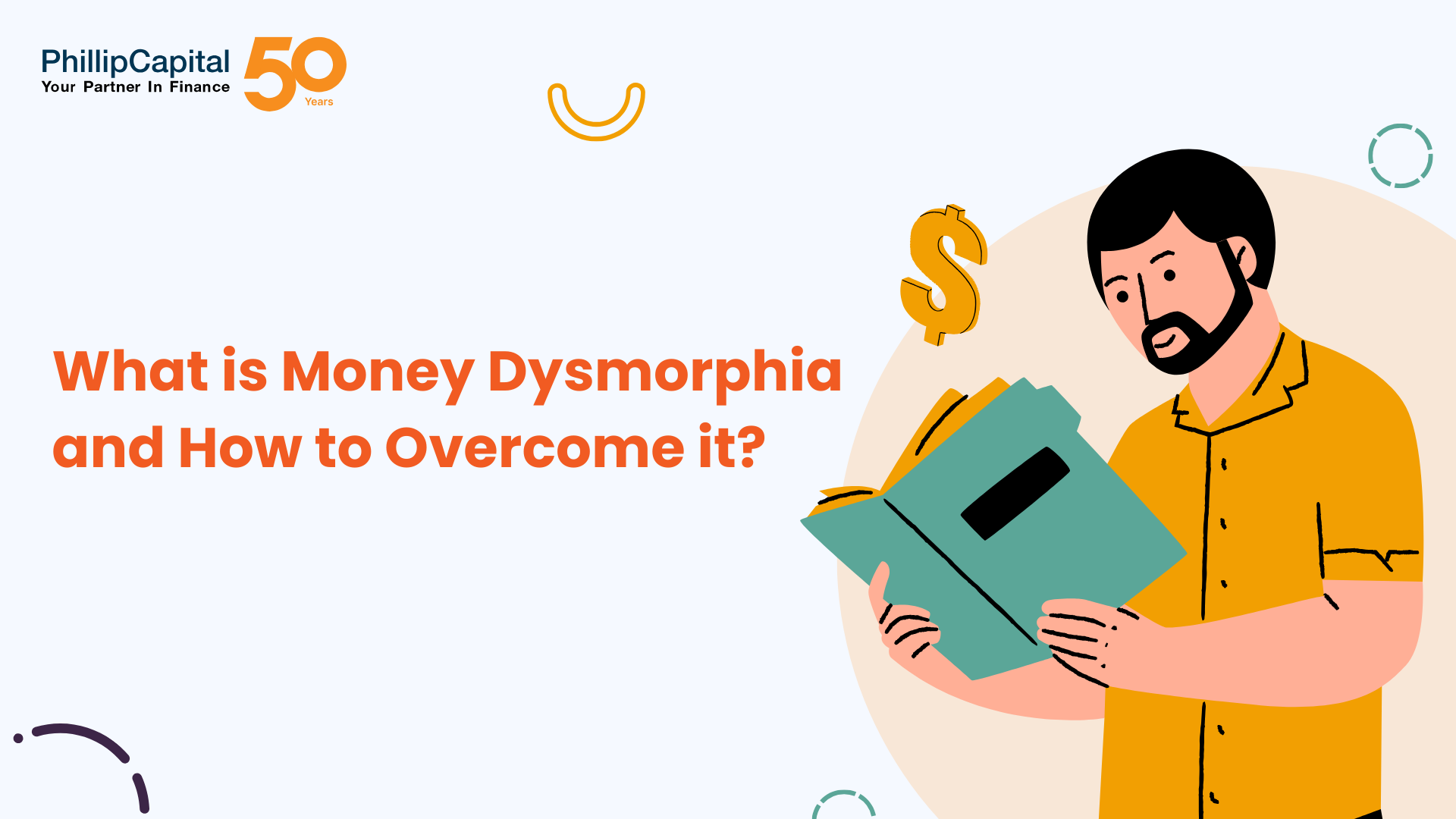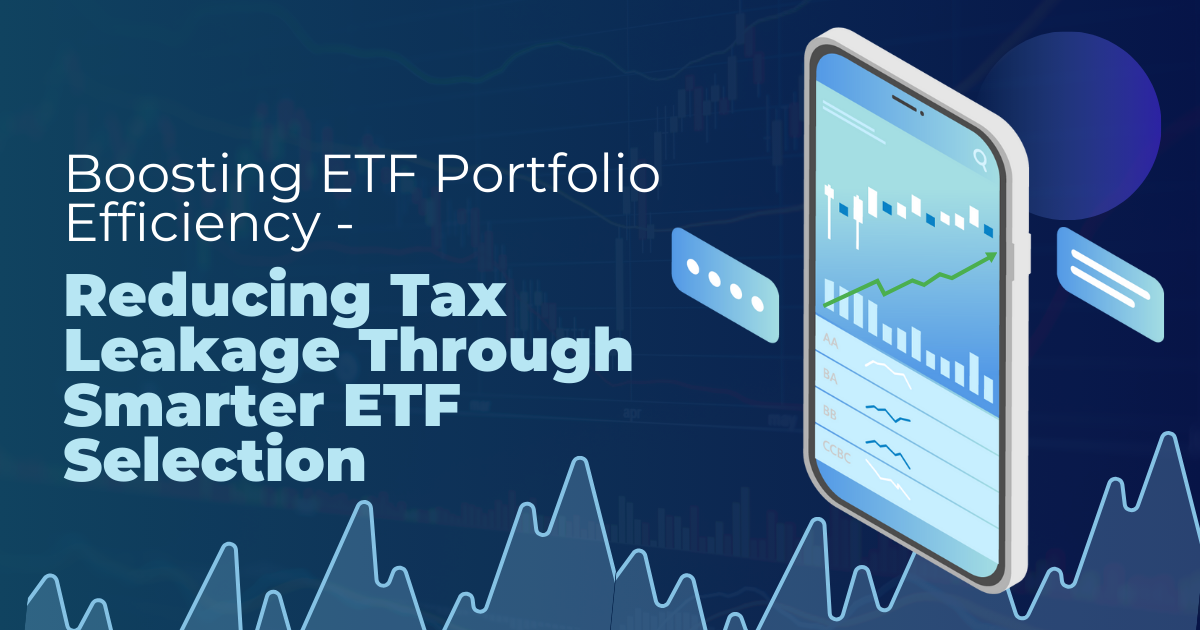Firm Order
Understanding various order types is crucial for effective decision-making in trading and investments. One such order type is the firm order, which is significant across financial markets. This article aims to provide a comprehensive overview of firm orders, their types, associated risks, and real-world examples.
Table of Contents
What is a Firm Order?
A firm order is a definitive instruction an investor or trader gives to buy or sell a security at a specified price. It remains active until it is executed or explicitly canceled. This order indicates a strong commitment to the transaction, as it is not subject to further confirmation or negotiation once placed. A firm order obligates the broker or trading platform to execute the trade under the predefined conditions, ensuring that the investor’s intentions are clear and binding.
Understanding Firm Orders
To fully grasp the concept of firm orders, it’s essential to delve into their characteristics and how they function within the trading environment:
- Binding Commitment: Once a firm order is placed, it represents a binding commitment to execute the trade as per the specified terms. This means the order will remain active until it is either fulfilled or canceled by the investor.
- Execution Assurance: Firm orders assure execution, designed to be carried out when the market conditions meet the specified criteria. This is particularly beneficial for investors seeking to enter or exit positions at predetermined prices.
- Applicability Across Markets: Firm orders are utilised across various financial markets, including stocks, commodities, and foreign exchange (forex), making them versatile tools for traders and investors.
Types of Firm Orders
Firm orders can be categorised into several types, each serving specific trading strategies and objectives:
- Market Order
A market order is an instruction to buy or sell a security immediately at the best available current price. Market orders are executed promptly, ensuring quick entry or exit from a position. However, the exact execution price may vary, especially in volatile markets.
- Limit Order
A limit order specifies the maximum price an investor is willing to buy or the minimum price at which they are eager to sell a security. This order type ensures that the trade is executed only at the desired price or better, providing control over the execution price.
- Stop Order (Stop-Loss Order)
A stop order, commonly known as a stop-loss order, is designed to limit an investor’s loss or protect a profit on a security by triggering a market order once the security reaches a specified price, known as the stop price.
- Fill or Kill (FOK) Order
A fill or kill (FOK) order mandates that the entire order must be executed immediately in full or not at all. If the order cannot be filled promptly, it is canceled entirely.
- Good ’Til Canceled (GTC) Order
A good ’til canceled (GTC) order remains active until the investor decides to cancel it or the order is executed. This type of order does not expire at the end of the trading day, providing flexibility for investors who are not in a hurry to execute their trades.
- Day Order
A day order is valid only for the trading day it is placed. If the order is not executed by the end of the trading session, it expires automatically.
Risks & Challenges of Firm Orders
While firm orders offer investors control and flexibility, they also come with certain risks and challenges:
- Price Slippage
Price slippage occurs when there is a difference between an order’s expected execution price and the actual price at which it is executed. This is particularly common in fast-moving or volatile markets, where prices can change rapidly.
- Non-Execution Risk
A non-execution risk arises when a firm order is not executed due to market conditions. This is particularly relevant for limit orders, where the trade will only go through if the market price reaches the specified level.
- Partial Fills
A partial fill happens when an order is only partially executed due to insufficient liquidity in the market. This means the trader does not get the entire quantity of shares or contracts they intended to buy or sell.
- Execution Delays
During periods of high trading volume, execution delays can occur, especially for large orders or in illiquid markets. Delays may impact the final trade price, particularly for market orders.
Examples of Firm Orders
To understand firm orders better, look at real-world examples from the US and Singapore markets.
Example 1: Market Order on NASDAQ
A trader wants to buy 300 shares of Tesla Inc. (TSLA) as quickly as possible. They place a market order on NASDAQ, ensuring the trade executes instantly at the best price.
If the stock is currently trading at US$800 per share but jumps to US$805 at the moment of execution due to market volatility, the trader will purchase the shares at US$805 each.
Example 2: Limit Order on the Singapore Exchange (SGX)
An investor wants to buy shares of DBS Group Holdings Ltd., a leading financial services group in Singapore, but only if the stock price reaches SGX 30 or lower.
They place a limit buy order on SGX for SGX 30 per share. The order remains open until the market price drops to SGX 30, at which point it is executed. If the stock price stays above SGX 30, the order remains unfilled.
Frequently Asked Questions
A firm order is legally binding and guarantees execution under specified conditions. In contrast, a regular order may be non-binding or conditional, requiring further confirmation before execution.
- It is legally binding once placed.
- It guarantees execution if market conditions are met.
- It applies to stocks, commodities, and forex markets.
- It can be customised through different order types (limit, stop-loss, etc.).
Firm orders help traders:
- Control execution price with limit and stop orders.
- Reduce risks with stop-loss orders.
- Ensure immediate execution with market orders.
- Maintain flexibility with Good Till Cancelled (GTC) orders.
Yes, firm orders are widely used in stock and commodities markets and forex trading. They allow traders to enter and exit positions strategically while managing risk.
- Market orders execute immediately at the current market price.
- Limit orders to be executed only when the specified price is reached.
- Stop-loss orders trigger execution when the stop price is hit.
- Fill or Kill (FOK) orders must be executed in full immediately or get canceled.
Related Terms
- Option Adjusted Spread (OAS)
- Beta Risk
- Bear Spread
- Execution Risk
- Exchange-Traded Notes
- Dark Pools
- Covered Straddle
- Chart Patterns
- Candlestick Chart
- After-Hours Trading
- Speculative Trading
- Average Daily Trading Volume (ADTV)
- Swing trading
- Sector-Specific Basket
- Regional Basket
- Option Adjusted Spread (OAS)
- Beta Risk
- Bear Spread
- Execution Risk
- Exchange-Traded Notes
- Dark Pools
- Covered Straddle
- Chart Patterns
- Candlestick Chart
- After-Hours Trading
- Speculative Trading
- Average Daily Trading Volume (ADTV)
- Swing trading
- Sector-Specific Basket
- Regional Basket
- Listing standards
- Proxy voting
- Block Trades
- Undеrmargin
- Buying Powеr
- Whipsaw
- Index CFD
- Initial Margin
- Risk Management
- Slippage
- Take-Profit Order
- Open Position
- Trading Platform
- Debit Balance
- Scalping
- Stop-Loss Order
- Cum dividend
- Board Lot
- Closed Trades
- Resistance level
- CFTC
- Open Contract
- Passive Management
- Spot price
- Trade Execution
- Spot Commodities
- Cash commodity
- Volume of trading
- Open order
- Bid-ask spread
- Economic calendar
- Secondary Market
- Subordinated Debt
- Basket Trade
- Notional Value
- Speculation
- Quiet period
- Purchasing power
- Interest rates
- Plan participant
- Performance appraisal
- Anaume pattern
- Commodities trading
- Interest rate risk
- Equity Trading
- Adverse Excursion
- Booked Orders
- Bracket Order
- Bullion
- Trading Indicators
- Grey market
- Intraday trading
- Futures trading
- Broker
- Head-fake trade
- Demat account
- Price priority
- Day trader
- Threshold securities
- Online trading
- Quantitative trading
- Blockchain
- Insider trading
- Equity Volume
- Downtrend
- Derivatives
Most Popular Terms
Other Terms
- Protective Put
- Perpetual Bond
- Non-Diversifiable Risk
- Merger Arbitrage
- Liability-Driven Investment (LDI)
- Income Bonds
- Guaranteed Investment Contract (GIC)
- Flash Crash
- Equity Carve-Outs
- Cost of Equity
- Cost Basis
- Deferred Annuity
- Cash-on-Cash Return
- Earning Surprise
- Capital Adequacy Ratio (CAR)
- Bubble
- Asset Play
- Accrued Market Discount
- Ladder Strategy
- Junk Status
- Intrinsic Value of Stock
- Interest-Only Bonds (IO)
- Interest Coverage Ratio
- Inflation Hedge
- Industry Groups
- Incremental Yield
- Industrial Bonds
- Income Statement
- Holding Period Return
- Historical Volatility (HV)
- Hedge Effectiveness
- Flat Yield Curve
- Fallen Angel
- Exotic Options
- Event-Driven Strategy
- Eurodollar Bonds
- Enhanced Index Fund
- Embedded Options
- EBITDA Margin
- Dynamic Asset Allocation
- Dual-Currency Bond
- Downside Capture Ratio
- Dollar Rolls
- Dividend Declaration Date
- Dividend Capture Strategy
- Distribution Yield
- Depositary Receipts
- Delta Neutral
- Derivative Security
- Deferment Payment Option
Know More about
Tools/Educational Resources
Markets Offered by POEMS
Read the Latest Market Journal

Recognising Biases in Investing and Tips to Avoid Them
Common biases like overconfidence, herd mentality, and loss aversion influence both risk assessment and decision-making....

What is Money Dysmorphia and How to Overcome it?
Money dysmorphia happens when the way you feel about your finances doesn’t match the reality...

The Employer’s Guide to Domestic Helper Insurance
Domestic Helper insurance may appear to be just another compliance task for employers in Singapore,...

One Stock, Many Prices: Understanding US Markets
Why Isn’t My Order Filled at the Price I See? Have you ever set a...

Why Every Investor Should Understand Put Selling
Introduction Options trading can seem complicated at first, but it offers investors flexible strategies to...

Mastering Stop-Loss Placement: A Guide to Profitability in Forex Trading
Effective stop-loss placement is a cornerstone of prudent risk management in forex trading. It’s not...

Boosting ETF Portfolio Efficiency: Reducing Tax Leakage Through Smarter ETF Selection
Introduction: Why Tax Efficiency Matters in Global ETF Investing Diversification is the foundation of a...

How to Build a Diversified Global ETF Portfolio
Introduction: Why Diversification Is Essential in 2025 In our June edition article (https://www.poems.com.sg/market-journal/the-complete-etf-playbook-for-singapore-investors-from-beginner-to-advanced-strategies/), we introduced...









